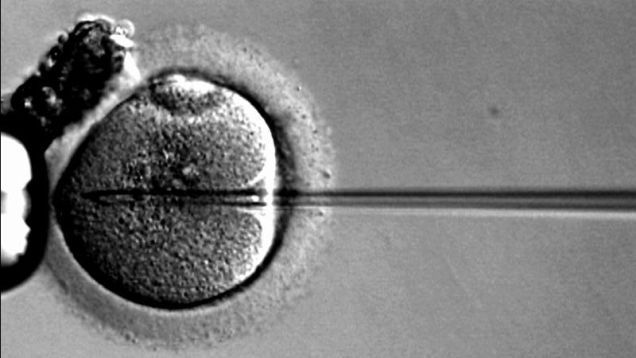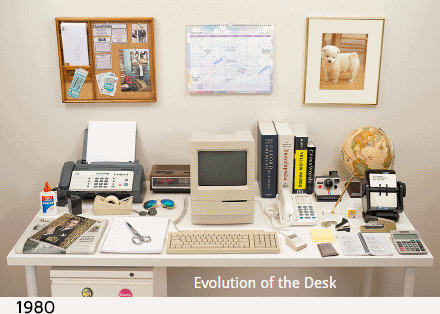
Category: futurism – Page 1,310


British Scientists Seek Permission to Genetically Modify Human Embryos
Just five months after scientists in China made history by modifying the germline of human embryos, a research team in the U.K. is requesting permission to do the same, but strictly for research into infertility. Given recent calls for a moratorium on such research, the decision is likely to set a precedent for future requests.
Scientists working at London’s Francis Crick Institute have submitted a formal request with the U.K.’s Human Fertilisation & Embryology Authority (HEFA) to use a gene editing technique for research into human infertility. The researchers have no intention of bringing their genetically modified embryos to term, nor will they be implanted; the scientists are reassuring HEFA and the public that all embryos will be destroyed.
Should permission be granted, it will mark the first time that scientists in the UK—or anywhere in the world for that matter (China excepted)—will have the opportunity to conduct research of this nature, which many consider controversial.

Augmented reality expert explains how AR will help humanity
We’ve been hearing and seeing plenty about augmented reality these days — from Microsoft’s HoloLens to the mysterious Google-backed startup Magic Leap — but aside from the gee-whiz factor, its benefits can sometimes feel almost as illusory as virtual images. Gaia Dempsey, managing director of DAQRI, which makes an AR-enabled smart hard hat, offers up a strong case for why augmented reality is more than just hype. In a new video for the upcoming Future of Storytelling Summit (which also produced the stunning video of animation legend Glen Keane drawing in VR), Dempsey explains how AR could fundamentally change the way we learn and experience the world. For example, it’s one thing to be told how the mechanics of a clock works in text or video, it’s an entirely different experience to be able to manipulate a moving set of clock gears in three dimensions.

Vijayanagara — The City Of Devas — ‘The Shining Ones’ — Place Where Mythology And History Coexist — MessageToEagle.com
MessageToEagle.com – It is time to visit remarkable Vijayanagara, one of the most beautiful ancient places and one of the kingdoms of the Shining Ones.
Vijayanagara is probably the most mysterious city in India, the lost land of a thousand gods, holy texts and marvellous temples.
Hampi, originally called Vijayanagara, (“City of Victory”, in Sanskrit) was once the flourishing and beautiful capital of the Vijayanagar Empire.
Scientists have developed a shark-repelling device for your surfboard
Researchers have developed an electronic device that you can attach to your surfboard or wear while swimming to help deter sharks. The aim is to harmlessly mess with the animals’ electroreceptive system, and studies so far have shown that they can prevent more than 90 percent of shark encounters.
Before you all rush off to buy one, let’s get one thing straight: shark attacks are incredibly rare, with on average just 75 being reported worldwide every year. That means you have on average a roughly one in 11.5 million chance of being attacked by a shark (and if you rarely swim more than 25 metres out from the beach, it’s even lower than that) — which is far less than your risk of dying from home repairs or, say, a bicycle-related injury.
But despite all of us very sensible people knowing that we’re probably not going to be attacked by a shark in our lifetimes, we can’t help but be terrified by the idea of it. Which is why scientists have been working for decades on humane ways to repel the animals.

Now arriving: airport control towers with no humans inside
Passengers landing at remote Ornskoldsvik Airport in northern Sweden might catch a glimpse of the control tower—likely unaware there is nobody inside.
The dozen commercial planes landing there each day are instead watched by cameras, guided in by controllers viewing the video at another airport 90 miles away.

Physicist discovers that the reason we all live in cities is… 1.15
There is a mathematical pattern that connects all cities across the world, transcending political and geographical boundaries, according to British scientist Geoffrey West.

Evolution of the desk
Watch the original at http://bestreviews.com/#reviews!